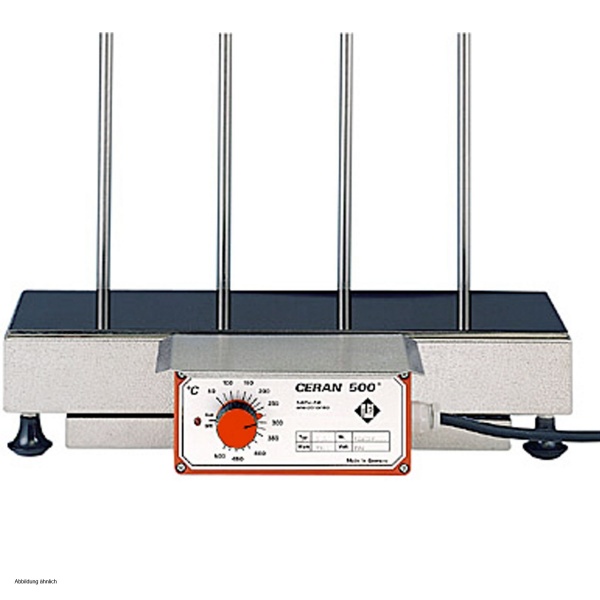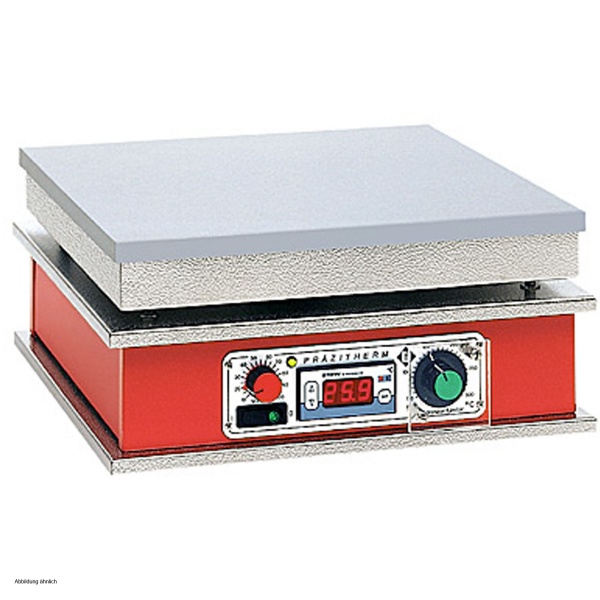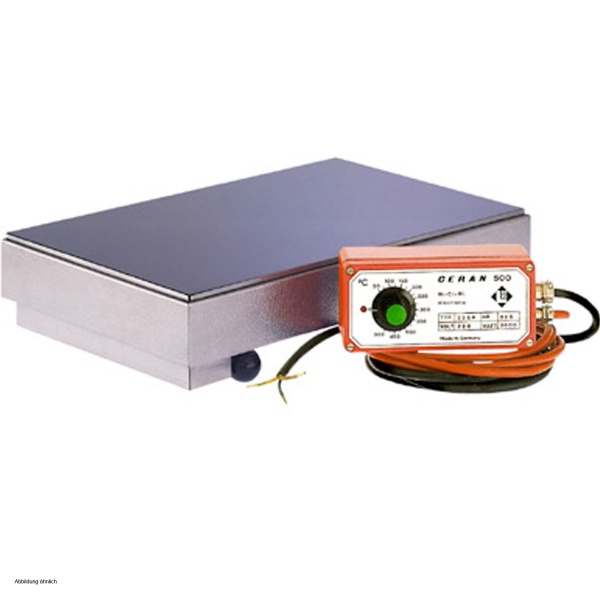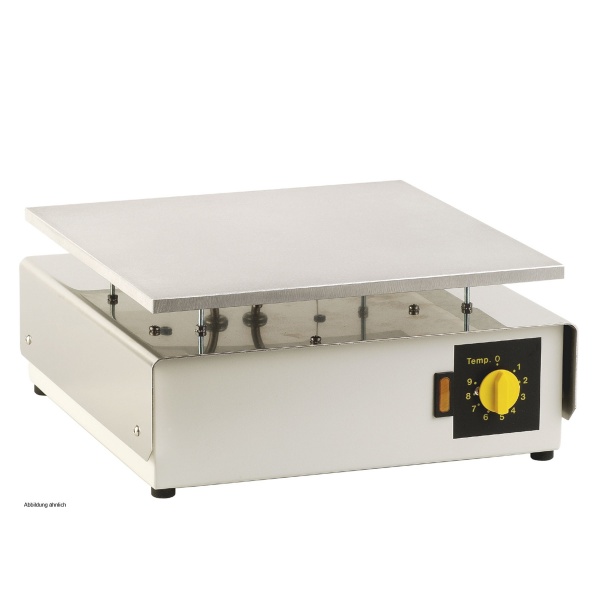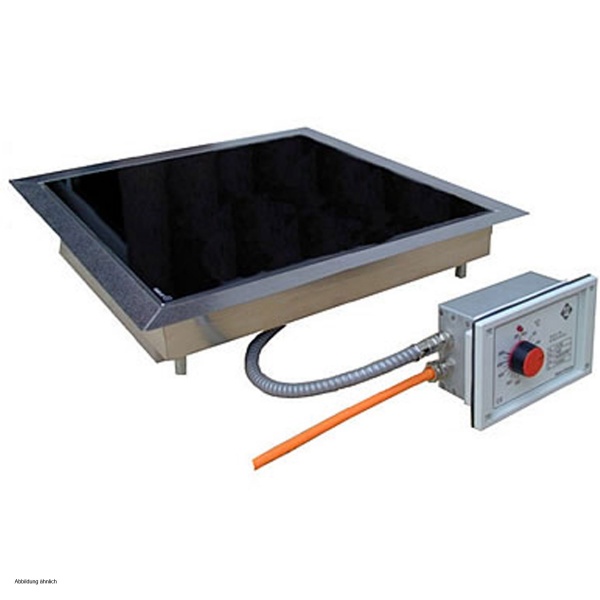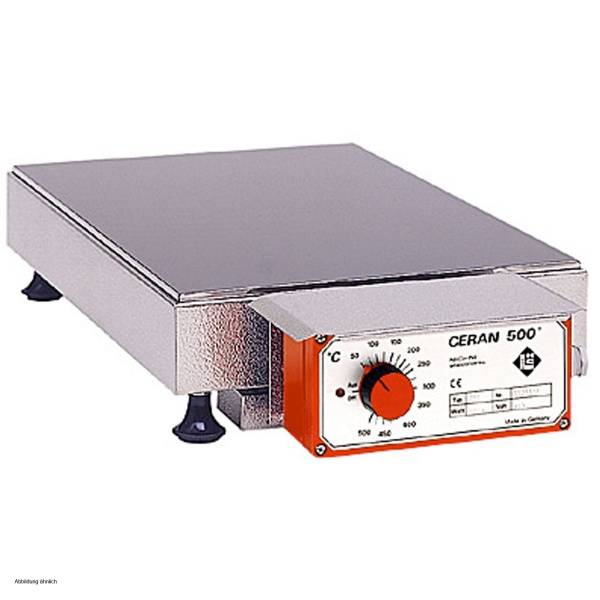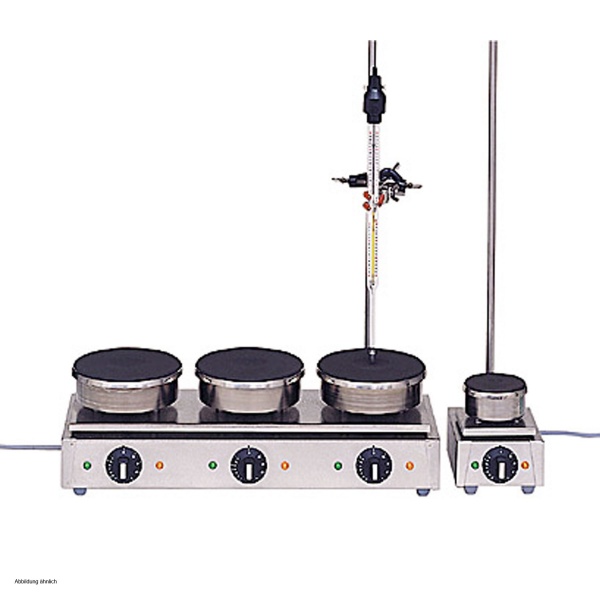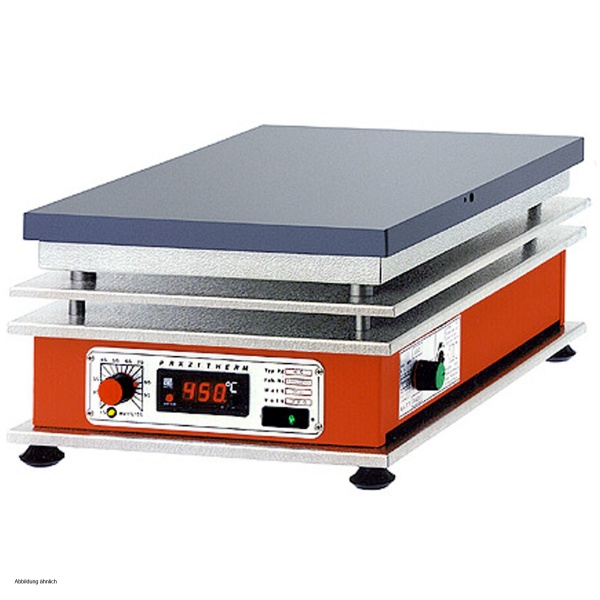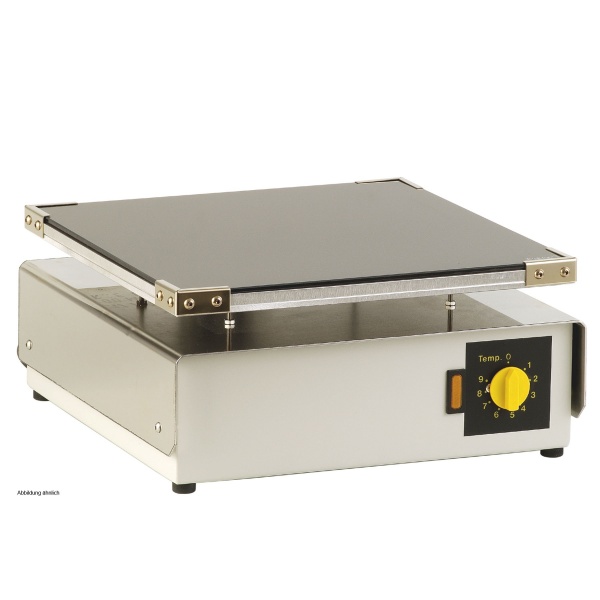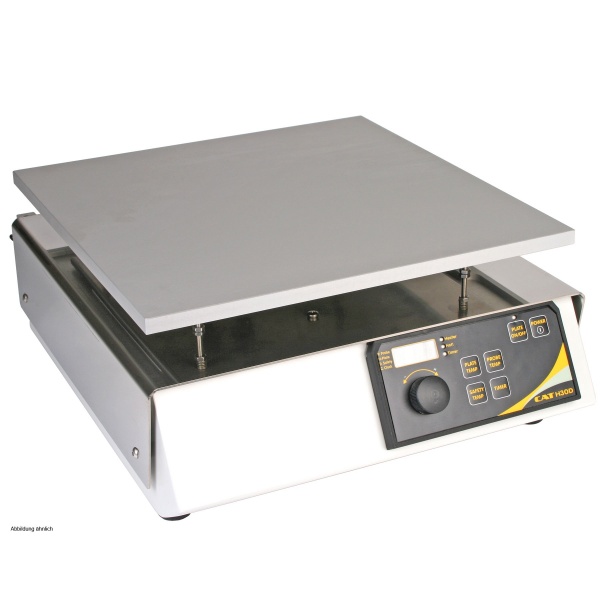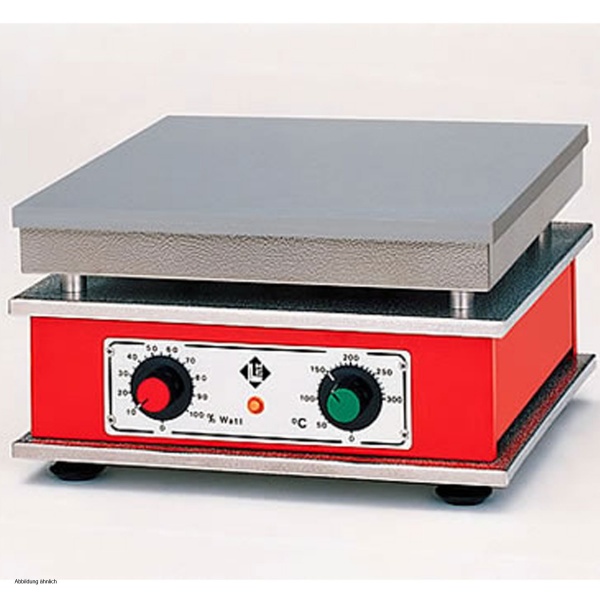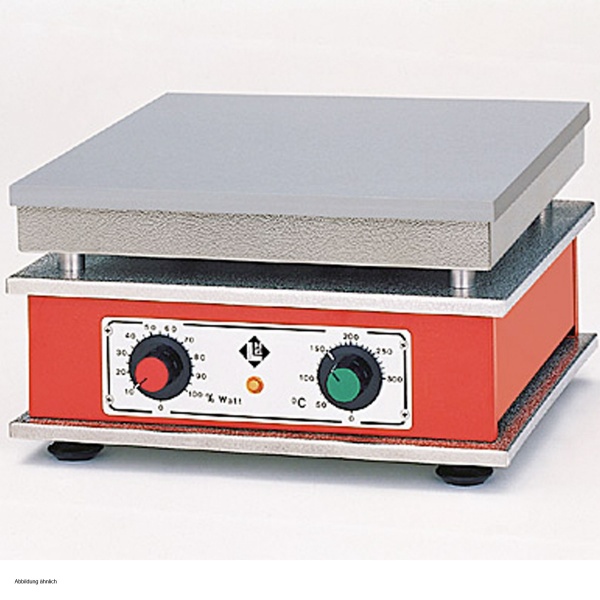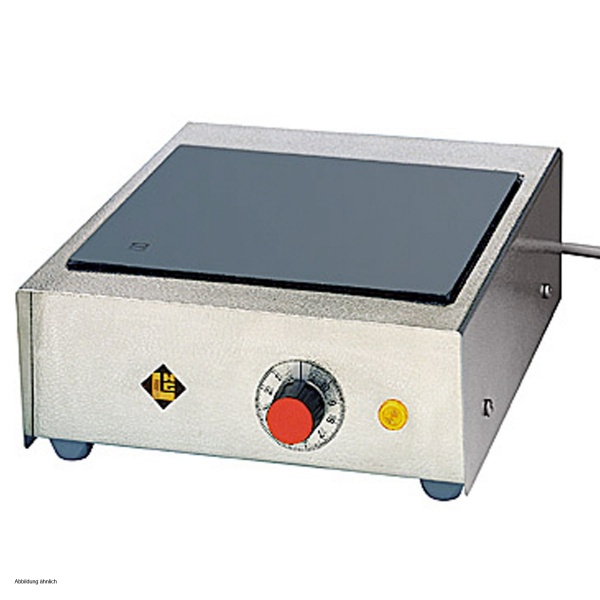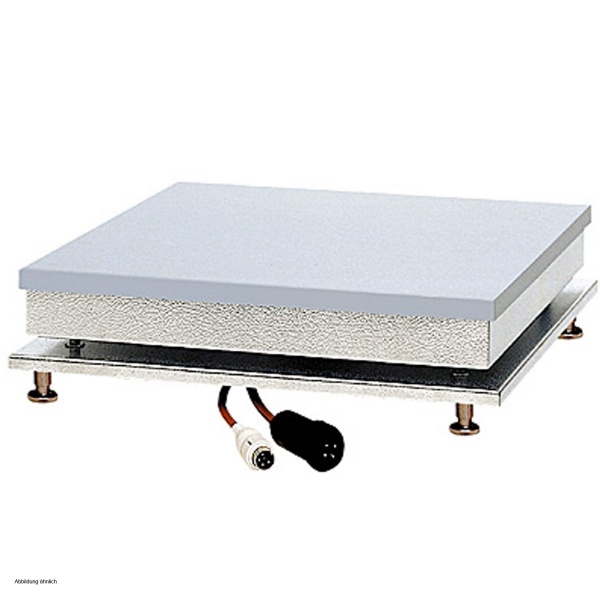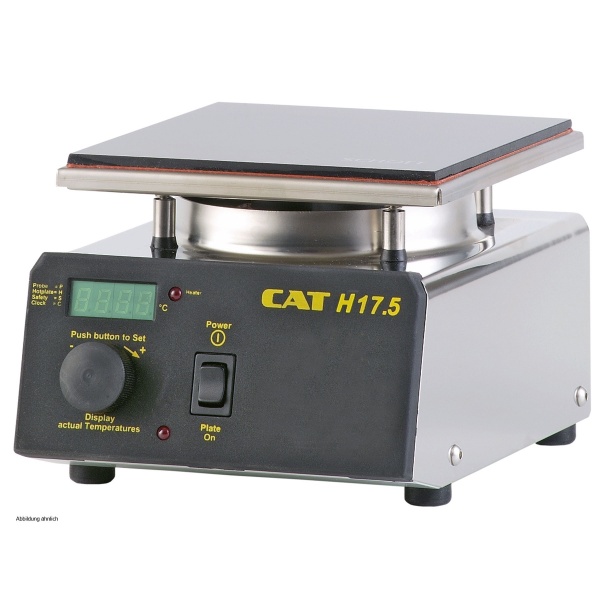Laboratory Hot Plates
Manufacturer for Hot Plates
Versatile application areas and designs of our laboratory heating plates
A heating plate for the laboratory is an elementary laboratory device which is mainly used in chemistry and biology for heating with precise temperatures. As laboratory heaters, our electric heating plates are used in all laboratories of research and industry, in institutes of universities and production plants. Heating plates are professional heating devices used in temperature control technology to heat a wide variety of laboratory vessels, such as heating baths, Erlenmeyer flasks, beakers, distillation flasks or round-bottomed flasks.
Our laboratory heating plates from leading manufacturers, such as IKA, Gestigkeit or Ingenieurbüro CAT, M. Zipperer GmbH, are robust temperature control devices for laboratory technology, which are made of high-quality materials resistant to chemicals and temperature changes and have been developed for safe continuous operation in laboratories of all kinds. In our online catalogue we offer two types of heating plates:
Classic heating plates
A simple heating plate with a heating surface resembles an ordinary hotplate of a cooking or kitchen cooker with a round heating field. The electric hot plate with thermostat is a high-quality device used in biology or chemistry to heat materials, samples or vessels to a pre-determined temperature. Our experienced team of experts will be happy to advise you on the performance portfolio and the possible temperature ranges of the plates.
Hot plates with magnetic stirrer
Laboratory hotplates with an additional magnetic stirrer, also known as a heating stirrer, allow the use of magnetic stirring rods to circulate the heated temperature control liquid and improve heat distribution. The long-life, smooth-starting models are particularly functional and precise. If you have any questions about the respective volumes, the control system or the stirring drive of the units, we look forward to hearing from you.
Heating plates with practical functions
Heating plates take on versatile functions and tasks in the laboratory, depending on the area of application, equipment, application volume, material, temperature and additional devices. An electric heating plate is used in the laboratory for precise heating and temperature control of a wide variety of vessels. For this purpose, many laboratory heating plates have special heating functions that make it possible to measure and regulate the temperature precisely.
The even temperature distribution over the entire heating surface and in the vessels is essentially responsible for precise temperature control. A contact thermometer for precise temperature control can be connected to the heating plate via a mounting device, or built-in heat sensors, sensors and controllers take over this function. The temperature is controlled manually in heating steps, steplessly and/or with thermostatic control, via an electronic temperature controller built into the heater or located externally.
Depending on the temperature required,laboratory heating plates offer heating capacities from 450 to 5700 watts. Many electric hotplates have microprocessor-controlled digital temperature controllers with programme functions such as setting the temperature control time, target temperature, heating intervals, cooling or heating speed.
Criteria for selection: how to find the right hotplate
The requirements for electric heaters for the laboratory vary depending on the area of application and the project. You can find out directly from us which heating plate is advantageous in your laboratory in each case. Here are some factors that can help you choose the right model.
Temperature range
Depending on the model, laboratory hotplates are suitable for max. temperatures of 99.9°C to 600°C in continuous operation.
Materials
We offer heating plates made of cast iron, glass-ceramic, anodised or titanium . Depending on your needs, you can also order an aluminium hotplate, a robust model made of Ceran or one of the other options. The choice of material depends, among other things, on the substances being worked with in the laboratory. In any case, the heating plates are resistant to acids, chemicals and temperature changes.
Single or series heating plates
Furthermore, you can order our top quality laboratory heating plates individually or in series. The models with several plates connected side by side can of course be controlled separately and offer an additional degree of comfort and flexibility in everyday work.
Size and diameter of the heating area
The choice of the right heating plate for the laboratory depends, among other things, on the available floor space. Our team will be happy to advise you on which heating plate is best suited to your project. Learn more about the optimal sizes and diameters of the individual heating areas.
Laboratory heating plates: high-quality accessories at ProfiLab24
Our first-class laboratory heating plates are characterised by their high-quality materials and safety - as well as the possibility of replacing or adding individual parts. Depending on the type of heating plate, manufacturer and area of application, you can order various components and heating plate accessories from us: Support tray, holding rod, stand rod, electronic contact thermometers as well as many other instruments and accessories for the offered hot plates.
Thank you for your interest in ProfiLab24.com. We are a leading supplier of laboratory equipment and offer a comprehensive portfolio of products, services and solutions. Take advantage of our professional advice on laboratory technology.
We will be happy to help you by phone at +49 30 403 667 940 or by e-mail at [email protected] if you require detailed information on the subject of heating plates with temperature control for the laboratory. We look forward to hearing from you!


